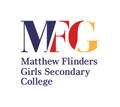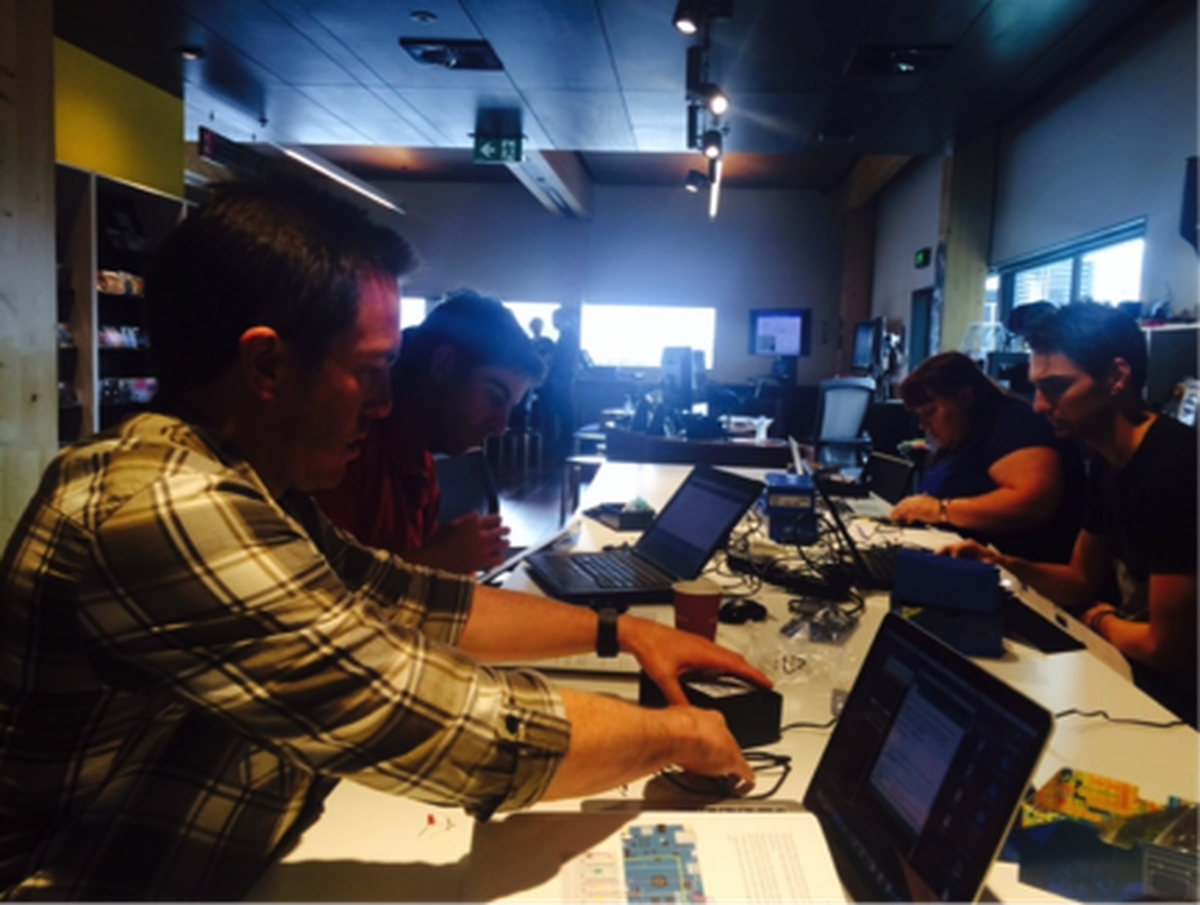LEARNING & TEACHING @ MFGSC

BEING STRATEGIC
A couple of weeks ago I stopped at the library and ended up playing a game of chess with Sugar and Rerose, students in Year 8. Rerose was learning how to play chess so we treated it as a demonstration game for her and Sugar and I explained our moves and our thinking behind the moves as we made them to help Rerose understand how to play the game.
I play chess regularly and have a series of strategies and moves which change depending on the moves of my opponent. So the game began. Sugar was making some fairly random moves and without much strategy. This was clear as she was talking about her moves as she was making them. One of the things I was trying to model for Rerose was my strategic thinking and the reasons for making my moves – the importance of using a team of pieces to strategically attack the king rather than just focusing on one piece, like just using the bishop to attack the king.
It was not a surprise that the game was over soon after it began (sorry Sugar!). I walked away thinking about the disposition to be strategic. Ability is only part of a performance. Of equal importance are the spotting of occasions for the use of those abilities and the inclination to put those abilities into play – like in a game of chess. Some people call these dispositions.
Some of these dispositions that we value and promote at our school include:
• The disposition to be open-minded
• The disposition to be curious
• The disposition to be metacognitive (thinking about your thinking)
• The disposition to be seeking truth and understanding
• The disposition to be strategic
• The disposition to be sceptical
Chess is a wonderful game and a playground to develop strategic thinking. I hope to see more girls around the school playing chess, inside and outside, as we develop some outside chess spaces for our students.
Matthew Flinders partners with Intel: the Galileo
Matthew Flinders Girls Secondary College has continued to build our Digital Technology curriculum and is proud to announce a partnership with Intel. This partnership is supported by the use of Intel’s ‘Galileo Gen 2’ development board and will see our students with some state of the art technology in their hands. One of the goals of our Digital Technology curriculum is to teach students the skills so that they can be creators with technology and not just consumers of it.
The Intel Galileo Gen 2 development boards are built with this purpose in mind. The purpose of this shift in education is to not turn them into an army of app developers – but to equip them with some powerful skills that will allow them to think with technology and at the same time learn valuable skills in science, technology, engineering and mathematics (STEM).
To see what’s possible with the Intel Galileo Gen 2 development board you can check out: http://www.intel.com.au/content/www/au/en/do-it-yourself/maker.html
Mr Simon Collier recently attended the launch of the partnership with Victorian schools and had an opportunity to explore and understand how to use the Galileo and its many applications with our students.
I used to think…, now I think…
Having students reflect at the end of a unit is a common occurrence in classrooms. However, much of the reflection students offer tends to focus on the activities they did and how they would rate their performance on those tasks. While asking students what they are proud of and what they would like to do better next time can be interesting conversation, our students use a reflective thinking routine that focuses the students’ attention more on the thinking that the class activities caused them to do rather than reporting on the activities themselves. The development of understanding is not just the accumulation of new information but often results in changes in thinking, a new insight or an important realisation.
Below are two Year 7 students’ reflections, using the ‘I used to think…now I think…’ routine to help guide this kind of reflection. These students had been exploring the concept of identity and completed a range of learning tasks and activities including the final performances of understanding – a Digital Story which explored their imagined identity, 20 years in the future.
Annie, 7L
I used to think...
That identity was not of much importance. Sure everyone celebrates your birthday, but that's it right? But there are so many more elements to identity that are nameable.
Now I think...
That identity is your life. Identity is your faults, your friends, the shampoo you use in your early morning showers. The way you stretch in the morning, that ballet recital you did a solo in and the proud feeling associated with it. Identity helps people know who you are and how to tell you apart from the crowd. Identity is what you are made of. And not just your heart shape, the length of your nose to the millimetre and the way you can make your eyelids turn inside out.
I think making my iMovie has helped improve my self confidence. I've learnt that things will not always go to plan in school work let alone the stories you write. Sometimes it's good to leave your readers hanging and not let them in on your ending. Maybe next time I can learn to make my writing more straightforward so I can find images to symbolise my main ideas in the text. I could only think of one symbolic image used in my story.
Molly, 7L
I used to think...
That identity was the things you could find on your passport, your licence, your ID. Everyone's ID contained the same simple collection of numbers and letters with no actual meaning, the only use was to prove your existence. It was the date you were born and the date that you died. Nothing as significant as I view it now...
I now think...
That identity is not just the facts but also the memories you have, the pet peeves you can't control. It's that time you dropped your ice cream or the song you burst out in the shower. It's the people around you and the places you've been and lived. Your background, your race, your skin colour, religion and sexuality. It's your Australian citizenship or your dual-passport or your hometown. It's your past, present and future. It's the secrets and the lies you've told. All your achievements, goals, passions, mistakes and dips in the roller coaster.
Why did I have to complete this task?
I believe we did this task to learn more about ourselves and our peers, resilience, persistence and to extend our imaginations. We needed to learn these things for not just in the classroom but everywhere in daily life. Considering most of us in our class don't know each other well, this was a great way to discover our peers’ passions, learn about their pasts and their goals and views of their future. Also, we searched into our own brains to really think about where we are going and wanting to go in life. From that we can alter our education in order to pursue our dreams. Resilience and persistence are two very important qualities to uphold, you need to use them during your job when you’re older when things mess up or when you lose those important papers. You need to use them during your netball game on Saturday when you miss the shot or get injured. You need to use them when you lose people in your life. It's getting us prepared for harsher situations. We displayed these qualities during our projects. I myself learnt to become more persistent and resilient as there are many winds in the road. We need to learn to make the most out of difficult situations. It is important to also extend our imaginations in ways we are not used to, not the ways we did in primary school. I also believe during the task, the purpose turned more into learning to become an independent learner.
DAMIEN TOUSSAINT,
ASSISTANT PRINCIPAL, LEARNING AND TEACHING
SIMON COLLIER, CURRICULUM INITIATIVES LEADER


